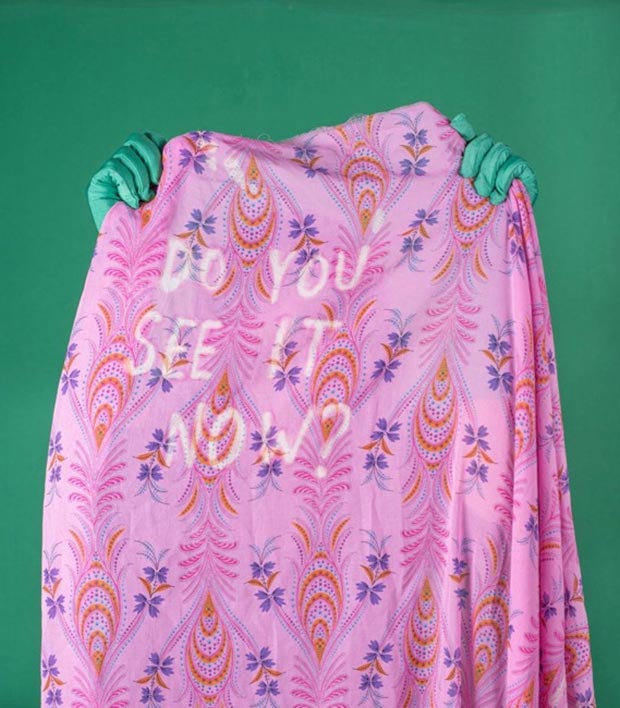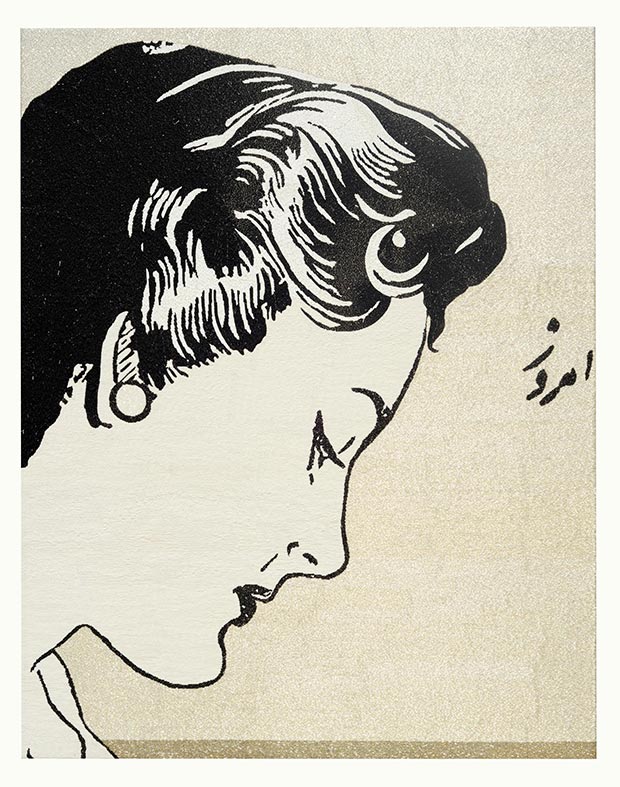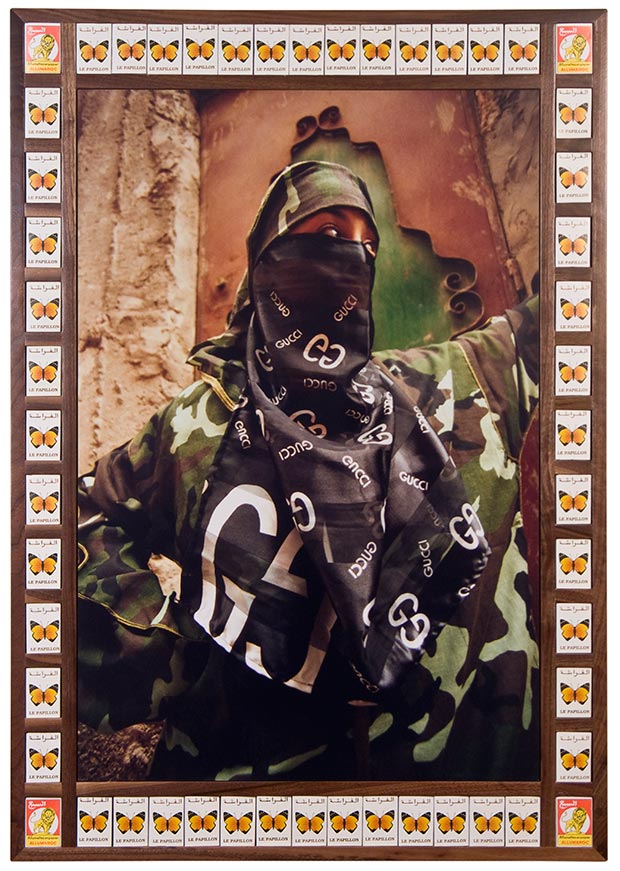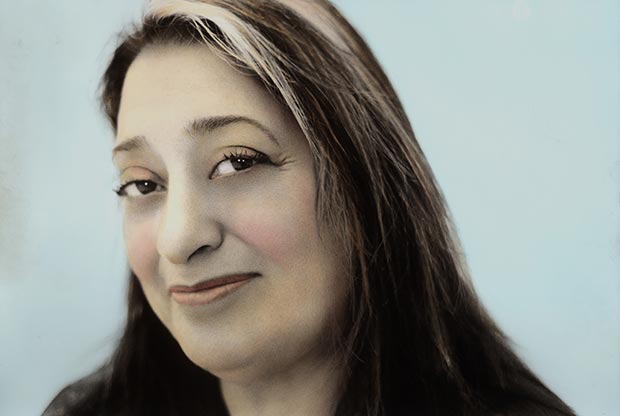
ART FAIR (29-31 March, 2019) The Third Line at Art Basel Hong Kong
Mar 18, 2019 EVENT, Art Fair
While each presented artist approaches portraiture differently, the adjacency of their works evidences how portraiture is used here as a means of record, be it of a dream, culture, the self or the stranger.
In her series It’s Not Easy Being Seen, Farah Al Qasimi explores the invisible labour of women in the cycle of creation and consumption. Taking place inside domestic and commercial spaces, her self-portraits repeat the effects of capitalism on the female body, and reference the intimate relation between artistic labour and creative production.
 Farah Al Qasimi, It’s Not Easy Being Seen 3, 2016, Archival inkjet print / Courtesy of The Third Line and the artist
Farah Al Qasimi, It’s Not Easy Being Seen 3, 2016, Archival inkjet print / Courtesy of The Third Line and the artist
Farhad Moshiri has developed a personal language in which he discusses commonalities in Iranian and Western cultures. The artist’s latest body of work employs Farhad’s signature technique of hand-embroidering beads to form reproductions of photographs. The imagery moves between the real and the imagined, and much of the style of working continues to provide a critical commentary on the East-West dichotomy, which is ever present in the artist’s practice. The works reference western popular culture but are rendered in the time-consuming tradition of Iranian craftsmanship, providing a humorous but poignant juxtaposition on the fastness and slowness of time.
 Farhad Moshiri, Today, 2018. Hand embroidered beads on canvas on board. 189 x 149 cm / Courtesy of The Third Line and the artist
Farhad Moshiri, Today, 2018. Hand embroidered beads on canvas on board. 189 x 149 cm / Courtesy of The Third Line and the artist
Hassan Hajjaj takes European stereotypes of the North African world and turns them into a visual celebration in what he calls 'souk with a twist'. His photographs are then framed using recycled bike tyres, tins of food or matchboxes found in the markets of Morocco and placed around the image, framing the work in the artist’s unique style. Each relief style frame is made by the artist, referencing the co-existence of the old and the new.
 Hassan Hajjaj, Camo Style, 2000, C-print,walnut wood frame & found object. 89 x 62 cm / Courtesy of The Third Line and the artist
Hassan Hajjaj, Camo Style, 2000, C-print,walnut wood frame & found object. 89 x 62 cm / Courtesy of The Third Line and the artist
Youssef Nabil’s photographs evoke the deliciously outmoded feel of the photo-novels that accompanied the golden age cinema in 1970s Cairo and highlight in each portrait the extraordinary character of his models, distinguished artists, actors, and friends and himself in his series of self-portraits. His signature technique of hand colouring on black and white photographs recalls the glamour, the ease, the elegance and the melodrama.
 Youssef Nabil, Zaha Hadid, London, 2007. Hand coloured gelatin silver print. 36 x 29 cm / Courtesy of The Third Line and the artist
Youssef Nabil, Zaha Hadid, London, 2007. Hand coloured gelatin silver print. 36 x 29 cm / Courtesy of The Third Line and the artist
As a writer, filmmaker, and artist, Sophia Al Maria’s primary interests are around the isolation of individuals via technology and reactionary Islam, the corrosive elements of consumerism and industry, and the erasure of history and the blinding approach of a future no one is ready for. In works derived from her film Sisters, a four-channel video largely composed of found footage from WhatsApp and YouTube, Sophia elongates the figures by distorting the footage vertically to produce a large-scale pixelated image that is almost imperceptible.
Comments
Add a comment